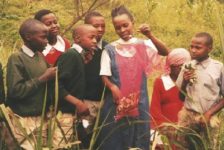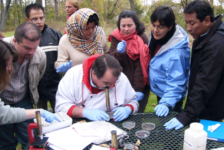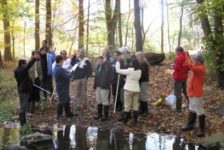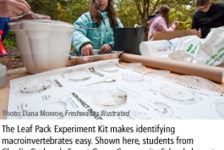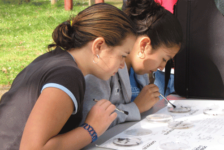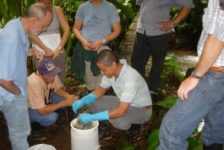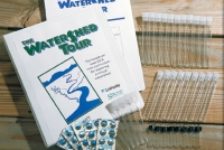Want to receive the latest Leaf Pack Network news in your inbox? Subscribe to e-news.
Hi Leaf Pack Community,
The fall season, with its scents and colors, is starting to emerge here in the northeastern United States, and trees are beginning to shed their leaves — perfect for leaf packs!
Whatever your season, check out our quick tip guide in English or Spanish, which has all the steps for successful leaf pack monitoring. In this newsletter issue, we’ve also included stories of the Leaf Pack Network (LPN) in action, as well as student lessons and community event ideas.
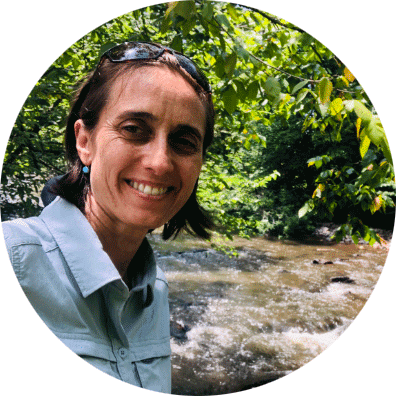
Happy leaf packing,
Tara Muenz
Leaf Pack Network Administrator
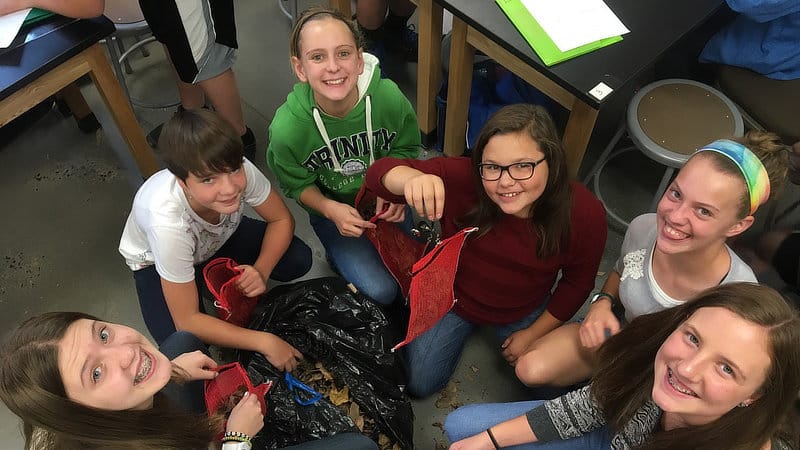
Dual Impact
The long and successful Leaf Pack Network partnership between the LaMotte Company and Stroud Water Research Center has transformed how students and teachers understand freshwater ecosystems, participate in community science, and safeguard water resources.
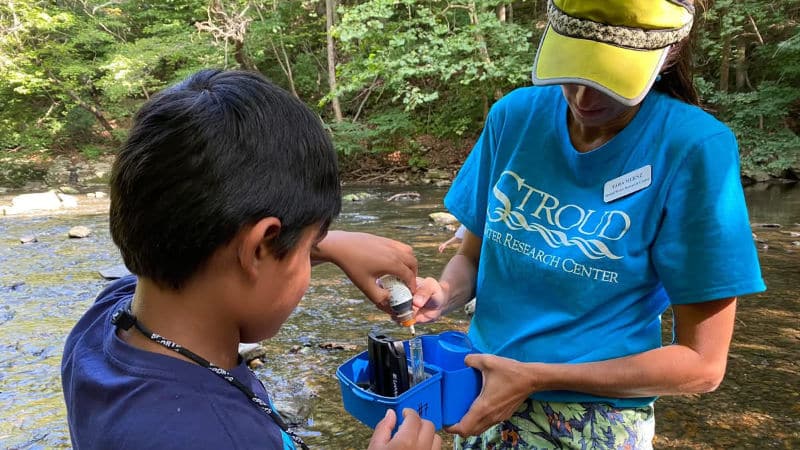
Leaf Pack Monitoring Finds Invasive New Zealand Mud Snail in Ridley Creek
A community creek monitoring event in Rose Valley, Pennsylvania, recently revealed one of the highest densities of invasive New Zealand mud snails ever observed in the region. The discovery was made during a 2024 Leaf Pack Network program led by Stroud Water Research Center staff and volunteers.
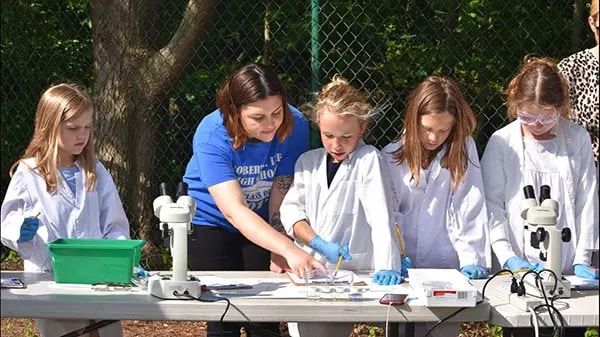
Shared Waters Curriculum Brings Leaf Pack Network to Elementary Students
Elementary students are diving into real-world watershed science through the Shared Waters curriculum, which combines hands-on investigations with student-led action projects. Designed for grades 3–6, the curriculum teaches how everyday choices affect stream health and empowers students to protect local waterways.
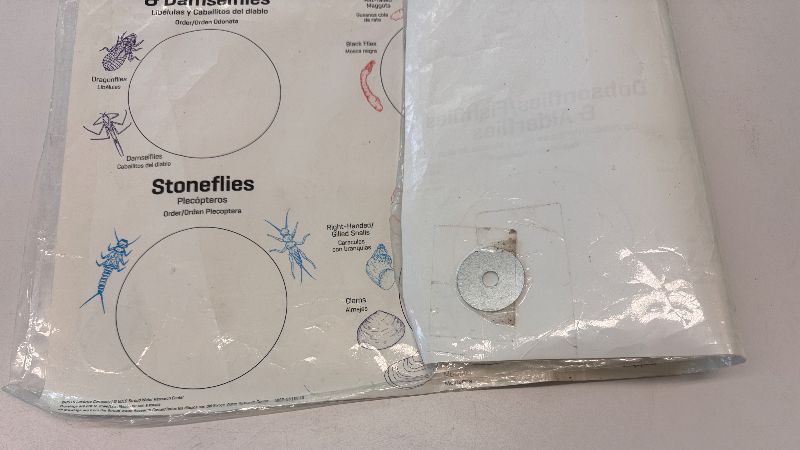
Leaf Pack Tip! Keep Your Sorting Sheets in Place
Windy day by the stream? Don’t let your sorting sheets blow away! Try placing small rocks along the edges or securing lightweight metal washers to the back. A little weight goes a long way to keep your materials steady — and your focus on the critters that matter.
How It All Began: The History of the Leaf Pack Network
Gather around the digital campfire to discover the origins of the Leaf Pack Network. Hear fun and inspiring stories of leaf packs from around the world as LPN Administrator Tara Muenz sits down with Bernard Sweeney, Ph.D., distinguished research scientist emeritus, Stroud Water Research Center, and Christina Medved, director of community outreach, Roaring Fork Conservancy, and former LPN administrator.
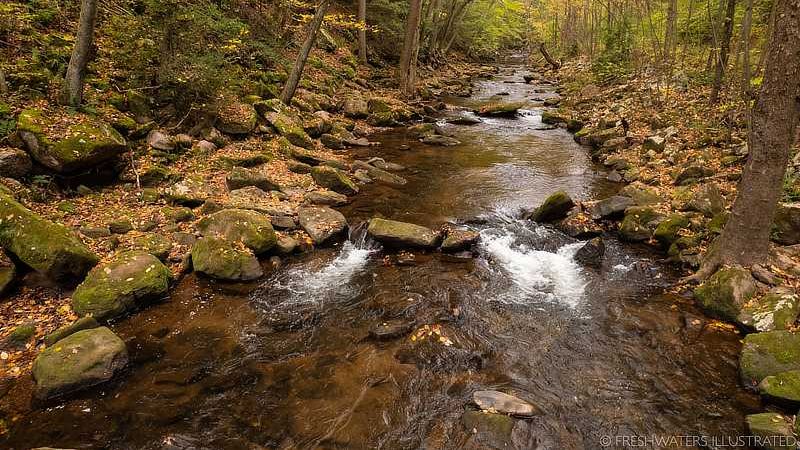
Research Finding: How Wide Should a Streamside Forest Be?
Bern Sweeney, Ph.D., featured in the LPN history video, with Denis Newbold, Ph.D., led a major literature review that tackled a key question: How wide should a streamside forest buffer be to protect the water quality, habitat, and biota of small streams? The review examined eight critical functions:
- Subsurface nitrate removal.
- Sediment trapping.
- Stream channel width.
- Channel meandering and bank erosion.
- Temperature.
- Large woody debris.
- Macroinvertebrate communities.
- Fish communities.
The evidence shows that buffers should be at least 30 meters wide on each side of a stream to protect its physical, chemical, and biological integrity.
Share Your Data
Did you know you can contribute your Leaf Pack Network data to a community science database? Monitor My Watershed allows you to share your data with the world! You can quickly master this tool and share your data.
Share Your Story
Do you have a local story, initiative, or lesson that includes the Leaf Pack Network? Share it by emailing it to leafpacknetwork@stroudcenter.org. You can also mention @leafpack on Facebook.
Request a Workshop
We deliver Leaf Pack Network workshops around the world! They can vary in length from one to two days and are flexible: they can be fully in-person, fully virtual, or a hybrid of both. Interested in hosting a workshop for teachers, students, community groups, or colleagues? Complete this form to start the conversation.



